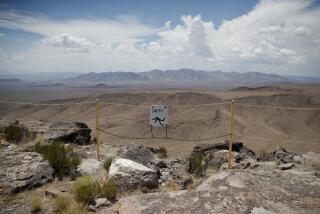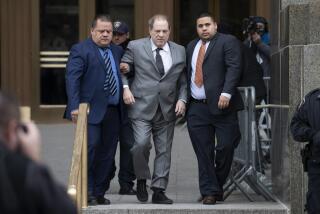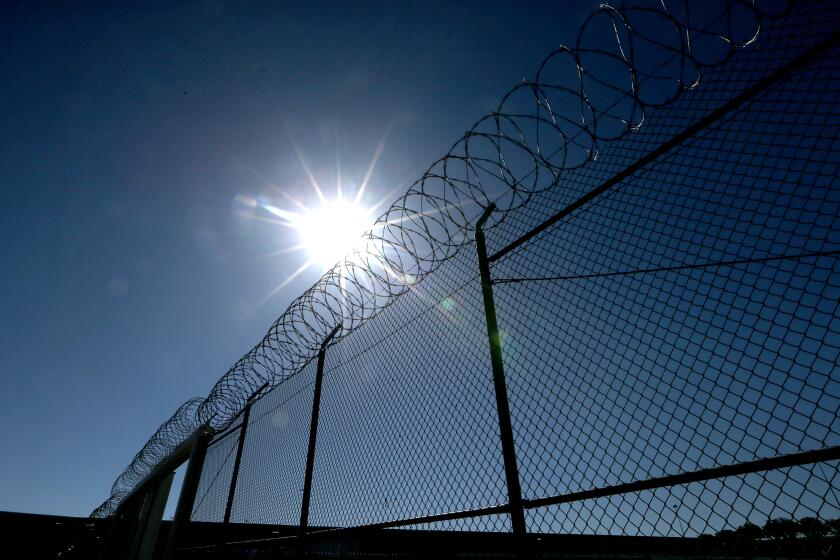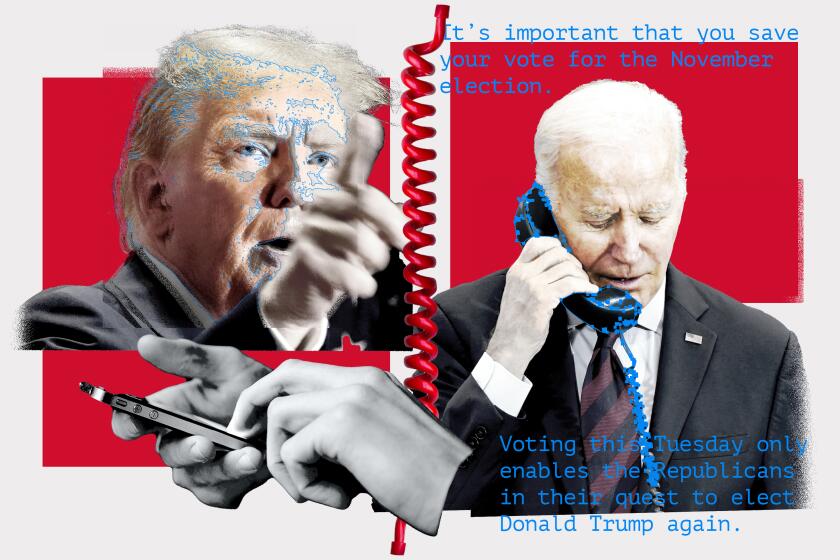Justices Back EPA Easing of Toxic Discharge Rules
In a victory for the Reagan Administration and the chemical industry, the Supreme Court ruled Wednesday that the Environmental Protection Agency may ease its rules for individual factories that discharge toxic pollutants.
In a 5-4 decision, the court overturned a federal appeals court ruling that barred the EPA from making any exceptions to its industrywide water pollution standards on hazardous wastes.
The decision specifically applies to the 60,000 industrial facilities nationwide that discharge wastes into municipal sewage systems. By implication, according to attorneys in the case, it affects also an estimated 60,000 other companies with permits to discharge directly into rivers, lakes and streams.
Justice Byron R. White, writing for the majority, found nothing in the federal Clean Water Act to prevent the EPA from easing its standards for plants in fundamentally different circumstances from others in the same industry. Variances, White said, represent “a laudable corrective mechanism” and provide the agency with needed flexibility to administer a complex law.
The court, reaffirming a principle it set forth in another environmental regulation case last year, said that federal courts must defer to the agency’s interpretation of the law unless Congress has clearly expressed itself to the contrary.
Frances Dubrowski, attorney for an environmental group that defended the appeals court ruling before the court, said that the justices’ decision “certainly weakens” the effort to control toxic wastes by permitting polluters to delay or avoid compliance with EPA standards. “There’s no question it creates a loophole,” she said.
A Washington lawyer for a group of chemical firms praised the decision, saying that it would enable the EPA to modify its standards when warranted. “We don’t regard this as creating any kind of loophole,” Theodore L. Garrett said. “It simply provides a limited safety valve for firms with a particular problem.”
Welfare Payments
In another decision Wednesday, the justices unanimously reversed a federal appellate decision that, according to the Administration and California officials, had improperly provided an estimated $2.6 million a month in unauthorized welfare payments to low-income families in California. The officials said that recipient families were obtaining an average of $83 a month above the limits imposed by Congress in budget-cutting legislation enacted in 1981.
The dispute involved the correct method for calculating a recipient’s income for determining eligibility and benefits under the Aid to Families With Dependent Children program.
In 1983, the U.S. 9th Circuit Court of Appeals in San Francisco held that, despite Congress’ budget cuts, the determination should continue to be based on “net income” after payroll deductions for Social Security and federal, state and local taxes. Two other appeals courts in the nation reached a conflicting conclusion.
Last year, Congress enacted a law specifically saying that the determination should be based on “gross income” before deductions. In August, Justice Department lawyers obtained an order from Justice William H. Rehnquist blocking the San Francisco appeal court’s ruling from further effect.
Dispute Resolved
In its decision Wednesday, (Heckler vs. Turner, 83-1097), the court, in an opinion by Justice Harry A. Blackmun, said that Congress’ latest action had effectively resolved the dispute.
Blackmun acknowledged the possibility that basing benefits on gross income might dissipate a recipient’s incentive to work, but he noted that Congress had been aware of such a possibility. “We do not sit to pass on policy or the wisdom of the course Congress has set,” he said.
The environmental case (Chemical Manufacturers Assn. vs. Natural Resources Defense Council, 83-1013) centered on whether the Clean Water Act permits the EPA to issue variances for the treatment and processing of toxic wastes discharged by chemical, iron, steel and other industrial firms.
Under EPA rules, such variances may be issued when a discharger can show that its situation is ‘fundamentally different” from others--when, for example, a firm shows that compliance would involve greatly disproportionate costs or that its unique product or waste-treatment process justified less stringent standards.
According to the EPA, only four variances have been granted thus far, with an additional 40 requests still pending.
The Natural Resources Council, warning that the EPA rules could result in increased pollution that could endanger the public health, had obtained a ruling from the U.S. 3rd Circuit Court of Appeals in Philadelphia that Congress had provided for such variances only for the discharge of nontoxic wastes.
The chemical manufacturers, joined by the Administration, appealed to the Supreme Court, with Administration lawyers contending that the EPA needed variances to deal with special problems and save time and money in enforcing pollution standards.
Justice Thurgood Marshall dissented, joined by Justices Blackmun, John Paul Stevens and Sandra Day O’Connor.
” . . . Congress pointedly determined that water pollution control standards should take the form of general rules, to apply uniformly to categories of dischargers,” Marshall wrote. “As a result (of the decision), the court validates outcomes substantially less protective of the environment than those mandated by Congress.”
More to Read
Get the L.A. Times Politics newsletter
Deeply reported insights into legislation, politics and policy from Sacramento, Washington and beyond. In your inbox three times per week.
You may occasionally receive promotional content from the Los Angeles Times.






